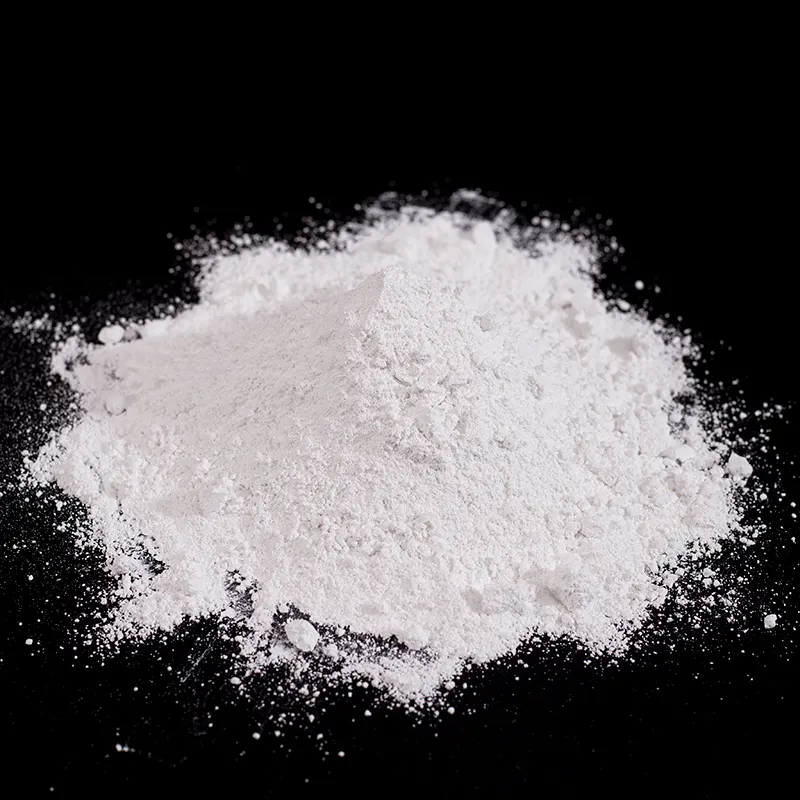Marble tailings and waste slag can turn waste into treasure

As a major building decoration material, about 70% of marble resources are turned into waste in the process of mining, cutting, grinding and polishing, causing serious waste of resources and environmental pollution, and the issue of comprehensive utilization is imminent.
Marble tailings belong to non-metallic minerals, and its main component is calcium carbonate. At present, the comprehensive utilization methods of marble tailings and waste residues mainly include the following:
1. Used in the production of calcium carbonate
The marble tailings are washed with water, dehydrated and screened, and the marble tailings with a particle size > 50 mm are used as raw materials for the production of light calcium carbonate or heavy calcium carbonate.
The main component of marble waste is calcium carbonate, and light calcium carbonate can be prepared by conventional calcination-digestion-carbonization process.
2. Used in the production of imitation stone paint
Stone-like coatings are mainly composed of natural waste stone powder, binders, additives, etc., and stone-like coatings that meet different requirements are formed according to different particle sizes of stone powder and different color ratios. Marble tailings and waste slag can be ground to a certain fineness, and as a stone-like coating filler, the addition ratio can be as high as 60%-70%. This is a relatively efficient waste slag treatment method, and its application is also extensive.
3. For the production of artificial granite
Artificial granite is made of marble chips and stone powder as the main raw materials, and mosaics, shells, glass and other materials can also be added as embellishments, organic resin is used as the cement, and it is made by vacuum stirring, high-pressure vibration molding, and then curing at room temperature. synthetic stone.
4. For the production of concrete
Using waste marble as aggregate or partially replacing cement in concrete can improve the mechanical properties of concrete, mainly including wear resistance, compressive strength, flexural strength, etc., and the replacement amount (relative to cement) is from 5% to 40%. wait.
5. Used in the production of desulfurizer
Using waste marble powder to prepare desulfurization agent, this desulfurization method has high efficiency, and the cost of producing desulfurization agent is also greatly reduced, but this method requires higher purity of waste marble powder.
6. For the production of machine-made sand
In recent years, the state and local governments have successively issued a number of policies to encourage the use of tailings and waste water to produce machine-made sand. Marble tailings with a particle size of 5mm to 50mm are used as raw materials for the production of machine-made sand.
7. Used in the production of soil conditioners
Use the alkalinity of marble waste to neutralize the soil with strong acidity, and basically do not damage the soil. Using marble powder and rice husk ash as soil additives can improve soil expansion rate and expansion pressure.
8. For the production of composite materials
Mixing a certain amount of marble waste with ceramics or polymers can be studied to produce composite materials.
9. Used in the production of aragonite whiskers
The quicklime obtained by pretreatment and calcination of tailings is used as raw material, magnesium chloride is used as crystal form control agent, and aragonite whiskers are prepared by carbonization. Aragonite whiskers with a length of 40-50 μm, a diameter of 2-3 μm, and an aspect ratio of 13-18 were obtained.
10. Used as filter material for wastewater treatment
There are many methods of chemical treatment commonly used in the treatment of industrial wastewater. Among them, there are three kinds of filter materials in the filter neutralization method (suitable for when the concentration of acid is not too high): limestone, marble and dolomite. If it is processed, it is selected and used as a filter material, but it can be used to the best of its ability.
